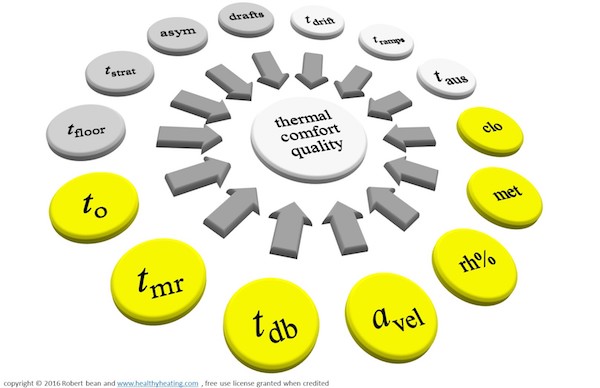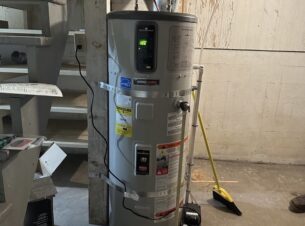“We must encourage physicians to partner with architects and engineers to optimize indoor air management for the benefit of out most basic asset–our health.” — Dr. Stephanie Taylor M.D., M. Arch.
Throughout my travels coast to coast and abroad, the common denominator that always comes to the fore, when discussing energy efficiency, is occupant comfort. It’s not surprising, as the vocabulary of “comfort” is far more accessible to society than the vocabulary of energy efficiency.
This thought was certainly backed by Robert Bean, R.E.T, P.L (Eng.), president, Indoor Climate Consultants, who in addressing attendees of Uponor’s 2018 Engineering Summit, recited Taylor’s message in his presentation, “What Should Be Driving the Sustainability Message— IEQ or Energy?” The latter, he echoed, should not compromise comfort. “If we design for people, good buildings will follow,” said Bean.
He suggested the industry should apply the principle of “salutogenesis”—a practice which focuses on factors that support human health and wellbeing, rather than the factors that cause disease or pathogenesis. In expounding on indoor environmental quality, he noted conventional energy efficiency programs ignore the fact that energy consumed in buildings is intended to create better conditions for people, as most, he said, seem to be focused exclusively on envelopes and equipment, and only superficial IEQ aspects. But if it is the former, and not the latter, “One would then think that all design ought to begin with the physiological and psychological needs of the occupants,” said Bean.

Critical factors that contribute to the success of thermal comfort quality—such as mean radiant temperature, relative humidity, metabolic rate and floor temperature, to name a few.
Next to acoustical issues, thermal discomfort is the second-leading occupant complaint. The culprits, according to Bean, are poor building codes and enclosure designs, followed by poor HVAC solutions. “Heat loss and heat gain calculations are not thermal comfort calculations; HVAC design by itself is not thermal comfort design,” said Bean.
Because building occupants are an integral component of the comfort system(s), the hope from the summit was to learn how to integrate the human sciences of thermal comfort, air and lighting quality, with envelope and HVAC design.
What is definitive, is that there are a number of factors that contribute to thermal comfort; humidity control is one of them–in particular, controlling relative humidity between 35%-55% to manage hydrolysis—VOC emissions—to better control microbials, which in turn, enable comfort in mucous membranes—humidity influences perceptions of thermal comfort and IAQ, and controlling it prevents condensation in and on building materials.

Although not feeling 100%, Bean (r) made it through the seminar with flying colors, with the help of some honey.
Quoting Dr. Charlie Weschler, Bean emphasized, “We can design zero-energy buildings, but we can’t design zero-emitting occupants”
Citing sources from the Rocky Mountain Institute and Autodesk, respectively, Bean said that the traditional air temperature-centric approach in buildings is ineffective, inefficient and expensive, as mean radiant temperature is the single most important parameter in human thermal comfort.
The hope is that the assembled systems will deliver the desired indoor climate with the modeled energy. Bean restated from Adams and Kidd, “Energy efficiency should not be the exclusive goal but rather the outcome from achieving the desired indoor climate.”
That’s the problem: “We have an entire industry pushing energy efficiency down everyone’s throat,” said Bean. Yet, as the population grows, industrial grade temperatures from combustion for non-industrial architectural purposes grows. Stop using combustion, and seek more sustainable practices,” argued Bean, adding conservation of energy “quantity” does not equal conservation of energy “quality.”
As Bean points out, let’s not forget the No. 1 cost in any building operation is people. Occupant comfort, therefore, must be an integral component of the design process. Thermal comfort, solved first through better envelope design, paired with sustainable low-eXergy sources, and optimized HVAC systems will translates into a global solution that addresses all issues, not just energy.




Join the conversation: